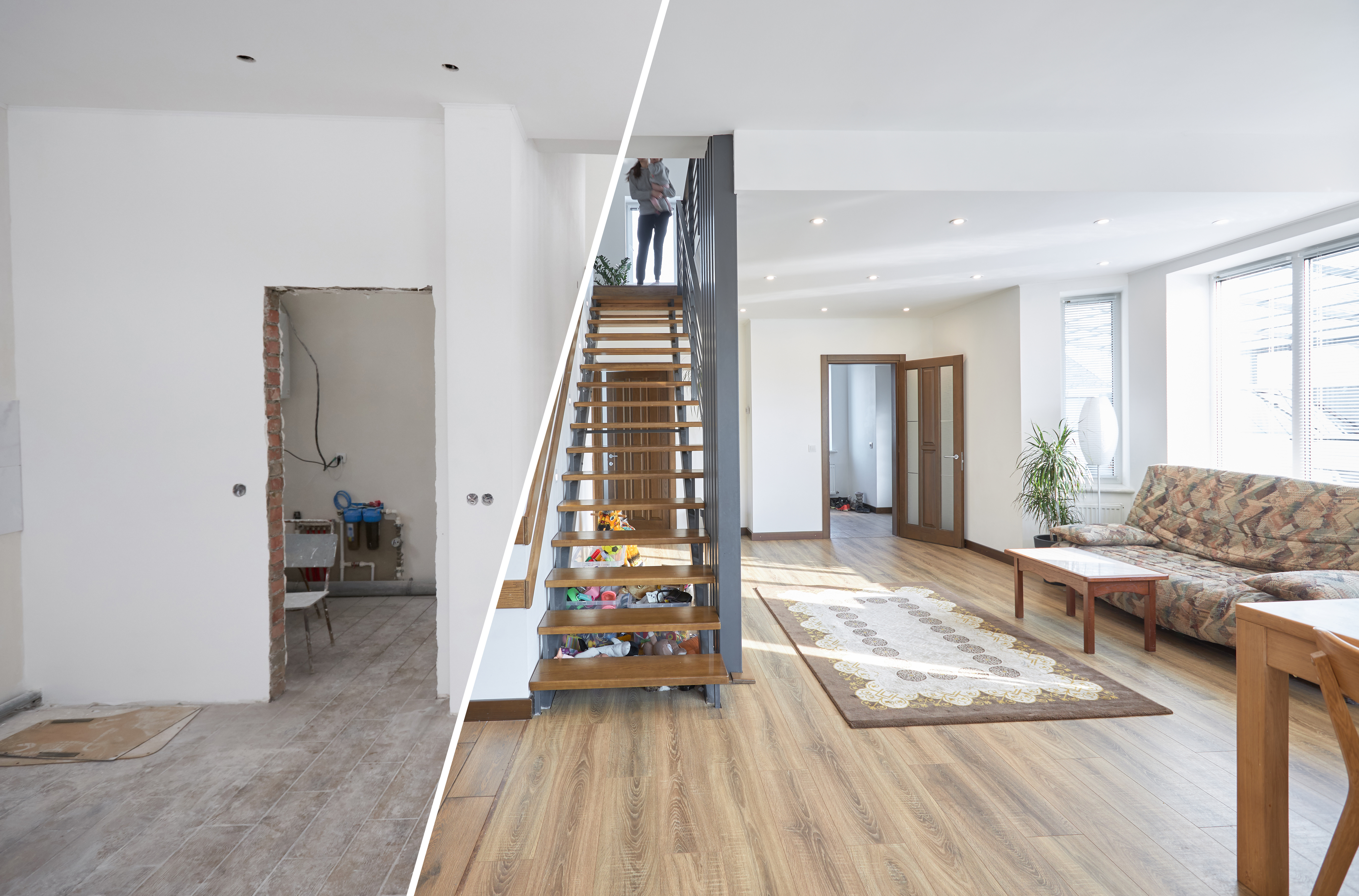Taking care of your parents when they become older is a delicate matter. Many people take this task on themselves because it’s the natural thing to do, but what happens when you don’t have space or time to take proper care of your loved one? That’s when other options like assisted living facilities or care homes come into place.
Supporting your loved one when they are moving to a care home can be challenging but listening to their concerns and feelings and getting them involved in the whole process will make the transition from home to a care home a nicer experience.
After the big step is done and the decision to move to a care home is made it's time to create a homecare room a homecare room where your loved ones will receive the care and support they need while maintaining their independence and autonomy. Here are some tips that you might find helpful:
Assessing their needs
Consider factors such as mobility, mobility aids, and any medical conditions requiring specialized equipment. For example, if your loved one is in a wheelchair, the room should be wheelchair-accessible with wide doorways and enough space to maneuver. If your loved one has a chronic illness such as diabetes, you may want to consider a room that is easy to monitor and control temperature and humidity levels.
Make the room comfortable
Ensure the room is well-lit, warm, and cozy, with comfortable furniture and easy-to-use technology. This may include adding a recliner chair, a bed with a built-in adjustable feature, comfortable bedding, and a small table and chair for reading or other activities.
Special homecare beds are designed to provide safety, comfort and support for individuals who may have difficulty getting in and out of a traditional bed. They often have features such as adjustable positions, adjustable mattresses, and built-in massagers to help reduce pain and discomfort.
Make sure the room is at a comfortable temperature and that the elderly person has control over the temperature. This can include installing a thermostat or providing a portable heater or fan.
Accessibility
Safety
Remove any potential hazards and install any necessary safety equipment, such as grab bars or handrails. This may also include installing locks on doors and windows, if necessary, to prevent wandering.
Personal touches
Adding personal touches to a home care facility can help improve the overall well-being of the elderly person by making the environment feel more like home. Personal touches can have a positive impact on the emotional well-being of the elderly person and maintain their sense of identity and individuality.
Seeing familiar items can provide a sense of comfort and security and can help reduce feelings of loneliness and isolation. They can help them feel more like themselves and less like a patient or a resident and they can also be great conversation starters when visitors come to visit
It's important to note that personal touches should be tailored to the preferences and tastes of the individual. It's also important to consider the safety and practicality of the personal touches, such as making sure they won't be a trip hazard, or if the item has sentimental value but can be fragile, to make sure it's kept in a safe place. It's also important to communicate with the care facility about any personal touches that will be added to the room, to make sure they are in compliance with their policies and regulations.
Cleanliness
Keeping the room clean and organized can reduce the risk of infection or accidents. This includes regularly dusting, vacuuming and sanitizing any equipment or surfaces that are frequently touched.
Monitoring
Regularly checking the room and equipment to ensure everything is in working order can help prevent problems. This includes checking for wear and tear on equipment and making sure the room is well-lit and comfortable.
When creating a homecare room for an elderly loved one, it's important to remember that the goal is to provide a safe and comfortable environment that meets their specific needs and preferences. By taking the time to create a homecare room with their needs in mind, you can help your loved one maintain their independence and autonomy, and provide them with the care and support they need.





No comments